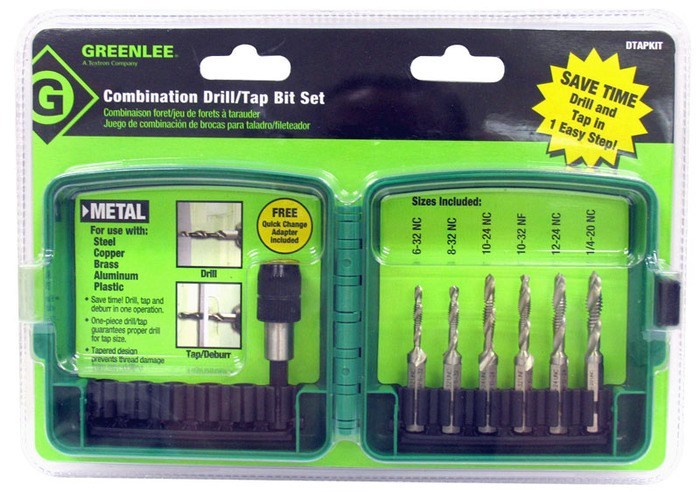al hildenbrand
Senior Member
- Location
- Minnesota
- Occupation
- Electrical Contractor, Electrical Consultant, Electrical Engineer
The average resistance in the report was 2.83 ohms/100 feet for the 8 samples of #14 BX cable without a bonding strip. That's between the resistance of #24 and #25 copper wire. Are you honestly saying you consider a 24 gauge EGC to be an adequate fault path?
In the words of David Dini:
Residential Electrical System Aging Research Project
July 1, 2008
David A. Dini, P.E., Underwriters Laboratories Inc.
12.0 Summary of Findings
Some of the houses may have reached their structural end-of-life before they were demolished, and for economic or other reasons, the last inhabitants of the house may not have adequately taken care of the electrical, mechanical, or plumbing aspects of the building. This appeared to be the case for houses AL-5, AL-9, MA-1, NY-1, NY-2, OR-1, and WI-1. The reader is cautioned about drawing conclusions about houses in general, especially when based on data from houses that may have been neglected and not adequately maintained by the owner or occupants prior to its demolition.


